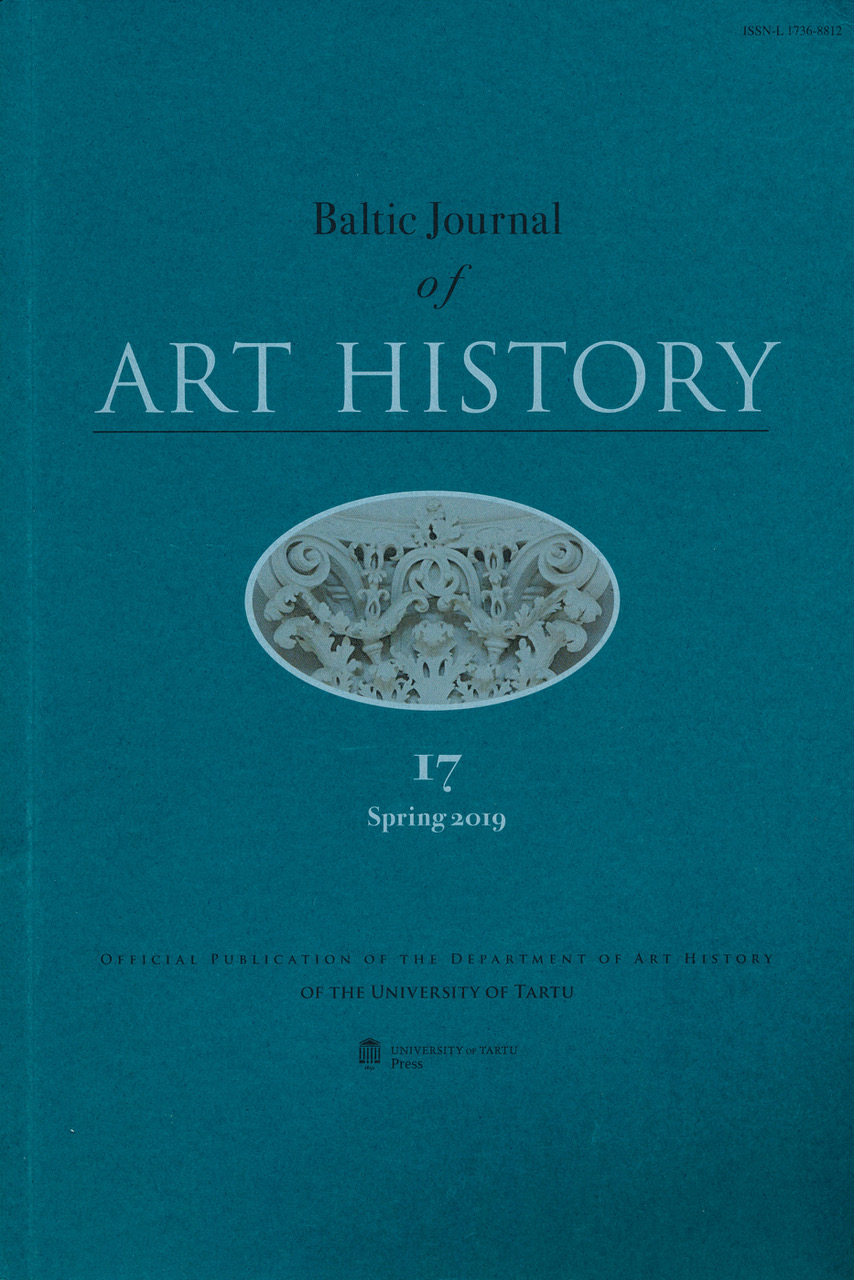THE POSSIBILITY OF A BRIDGE. PERSPECTIVES AND LIMITATIONS OF NEUROAESTHETICS
DOI:
https://doi.org/10.12697/BJAH.2019.17.06Keywords:
neuroaesthetics, brain, beauty, institutionalism, modernismAbstract
In the traditional study of humanities non-humanitarian input
into the study of culture has usually been rejected. According to
humanist theories, only the meanings and values derived from
history and culture can be attributed to art. Recently a discipline
known as neuroaesthetics has risen to the fore from among the
various disciplines that use non-humanitarian methods to approach
the subject of aesthetics. Triggered by the invention of various
technological devices (EEG, fMRI, PET), neuroaesthetics is now
being used to tackle the role of the brain in the processes of creation,
reception and even thinking about arts.
When introducing new perspectives, such as neuroaesthetics, it is
important to acknowledge the limitations of the different methods.
A narrow reductional approach to art and the brain clearly does not
suffice – a satisfactory explanation must also involve non-physical
factors, such as knowledge about the history of art. On the other
hand, as with any theoretical approach, the explanatory capacity
of neuroaesthetics varies when applied to different kinds of art.
Neuroaesthetic theories tend to stress the visual, mimetic and
emotional nature of art, often associating artistic features with the
activity of the visual brain as well as evolutionary psychology.
Instead of stressing historic and local differences and cultural
exceptions, researchers with a natural sciences background tend to search for the universal qualities of art. This appears to be
irreconcilable with the institutional theory of art that implicitly
underlies the entire contemporary paradigm of art. It can be assumed
that some of the reasoning behind the sceptical attitude shared by
most mainstream humanitarian discourse is hidden in this conflict.
It can even be claimed that, under the banner of institutionalist ideas,
the art of the modernist period constituted a systematic negation of
the conditions of art prescribed by the universal qualities of art based
on the laws of the brain. Therefore, one of the challenges in this early
phase of the biologically and psychologically based analysis of art
should be to shed light on this inherent and ideological bias that is
deeply rooted in the humanistic discourse of arts.

